This is the content.php article
Month: November 2020
This is the content.php article
This is the content.php article
This is the content.php article
This is the content.php article
Most sports leagues have started gearing back up after a prolonged break due to the coronavirus pandemic. And due to the shuffled schedule across multiple leagues, more teams from different sports are playing at one time than ever.
One day in September, for the first time ever, all the major pro sports leagues had a game occur on the same day.
That got us thinking about the teams from our beloved hometown of Atlanta! Specifically — because we love all things design, of course — it got us thinking about their logos and how they came together.
So we decided to dive in, starting with those Dirty Birds themselves, the Atlanta Falcons.
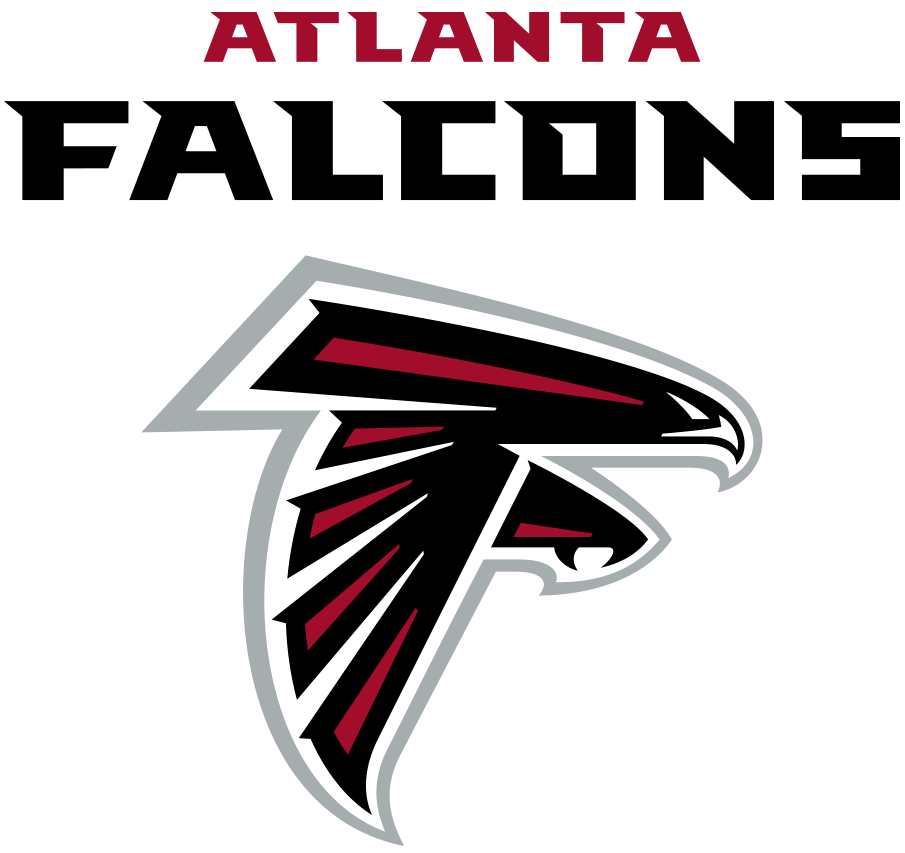
Falcons Logo Takes Flight with Nod to History
It took the Falcons 33 years after the team was founded to update its logo, and they wanted to make sure they got it right. A lengthy research process included conducting focus groups, polling fans, and giving Falcons players, coaches, and staff a chance to weigh in.
The initial logo design was a black falcon with a red outline, and the falcon’s head and talon protruded from its body to form the letter “F.” The new logo was more modern and sleek, with the falcon appearing to be in flight. Red and silver accents were added while still keeping the signature “F” design.
“The new Atlanta Falcons logo is fresh, strong and dynamic, and yet appreciates the tradition and history of this franchise,” said Falcons owner Arthur Blank at the 2003 unveiling of the logo. “The new logo depicts a more powerful, aggressive Falcon – one of fast movement. It is also representative of the evolution and direction of our team.”
The new logo was the work of graphic designer Mark Verlander, who has worked with the NFL on several other designs. Verlander told The Sports Design Blog that he felt “a tremendous sense of responsibility to respect the iconic history of” the original logo.
We know the feeling, Mark! It’s always important to keep in mind the history of a brand while considering how to update it for its next chapter.
Graphic designer Brandon Moore reviewed the logo on his blog Graphic Language (clever name!).
“From the big picture concept down to the last detail, everything has been considered and drawn to suggest speed, power, and movement,” Moore wrote. “Opinions vary wildly, but it is as close to perfection in logo design I can point to in the world of sports.”
We couldn’t agree more and are proud to have this logo representing our hometown NFL team going on nearly two decades now.
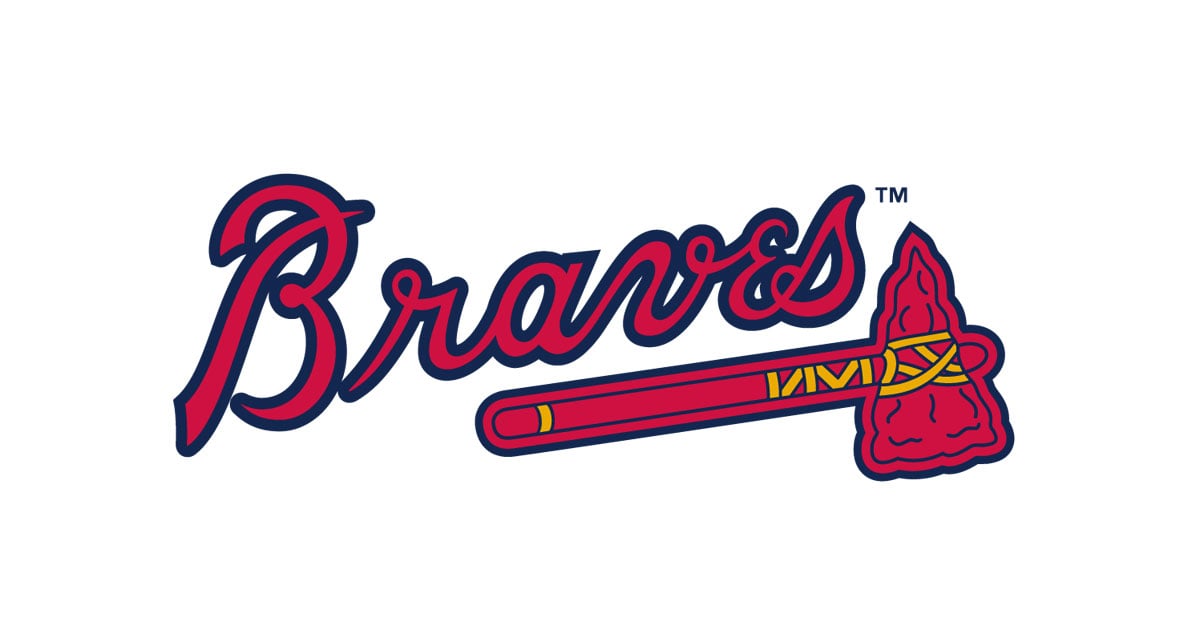
Braves Logo Sparks Different Conversation
The changes to the Atlanta Braves logo over the years have occurred partly over concerns about cultural appropriation, adding a different wrinkle to this logo’s story.
When the Braves moved to Atlanta in 1966, they kept the club’s existing logo featuring a Native American man with a mohawk and feather in his hair who appeared to be laughing, screaming, or shouting. The only change the Atlanta club made was adding the word “Braves” underneath it.
The Braves made a major redesign in 1990 by removing the Native American man, which many deemed offensive. But they stuck with the same font for the “Braves” portion of the logo, enlarged it, and added a tomahawk underneath to symbolize throwing accuracy and force.
Subtle changes had been made to the logo since the redesign 30 years ago, but the essence remains the same. The current logo has a red and blue design with a gold rope around the tomahawk.
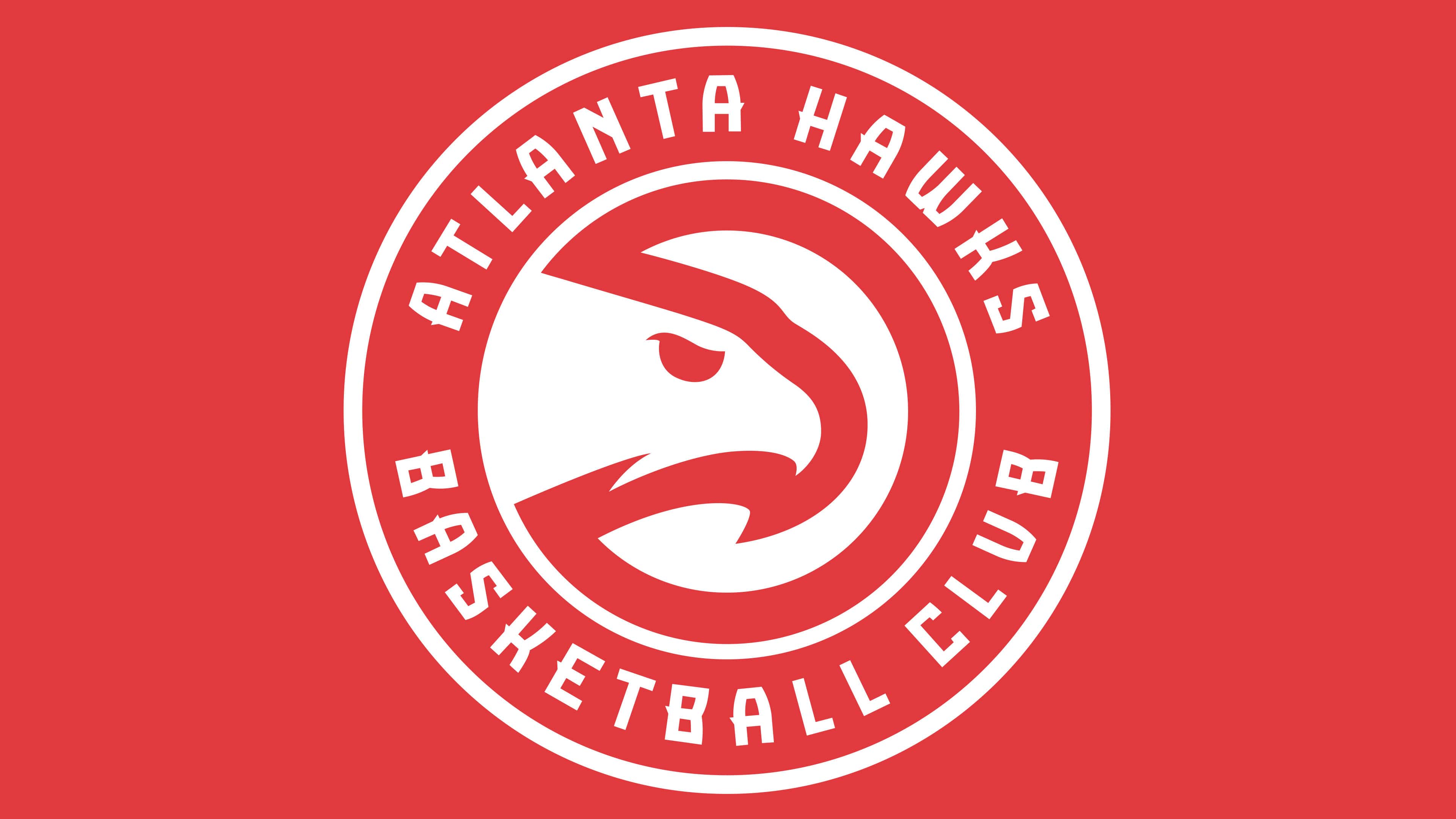
Hawks’ Throwback Move Pays Off
Nostalgia can be a big part of being a sports fan. They like to remember teams and players of years past or the teams they followed as a kid when it seemed like it was the most important thing in the world.
To that end, the Atlanta Hawks looked back when they decided on how to move forward with their logo in 2014.
From 1972 to 1995, the Hawks’ logo was known as the “Pac-Man logo.” If you looked at it one way, it was the silhouette of a hawk’s head inside a partial circle, look at it another way, and it looked like the classic video game character chomping down on a dot.
Well, after nearly 20 years away from that design, the club announced in 2014 that it was revising and updating the Pac-Man design to use as a secondary logo. The new version looked more aggressive, with a sharper hooked beak, a more predatory angle for the hawk’s head, and a fiercer-looking eyeball.
Fan reaction was off the charts! The club set merchandising sales records for anything carrying the iconic throwback logo. That’s why the following year, they adopted the new Pac-Man design as its primary logo, encircled by an “Atlanta Hawks Basketball Club” wordmark.
That last addition was very strategic in terms of a branding perspective.
“The addition of the Atlanta Hawks Basketball Club to the logo is just as meaningful as it speaks to our belief system that an inclusive and welcoming culture to all Atlantans is the only way to truly be a successful franchise,” Hawks CEO Steve Koonin said at the time.
Coonin added that the “Basketball Club” designation reflected the team’s commitment to improving the quality of the fan experience, building an emotional connection with the fanbase, and maintaining an inclusive environment for all.
This is one of our favorite “new” Atlanta sports logo projects we’ve enjoyed watching come to life.
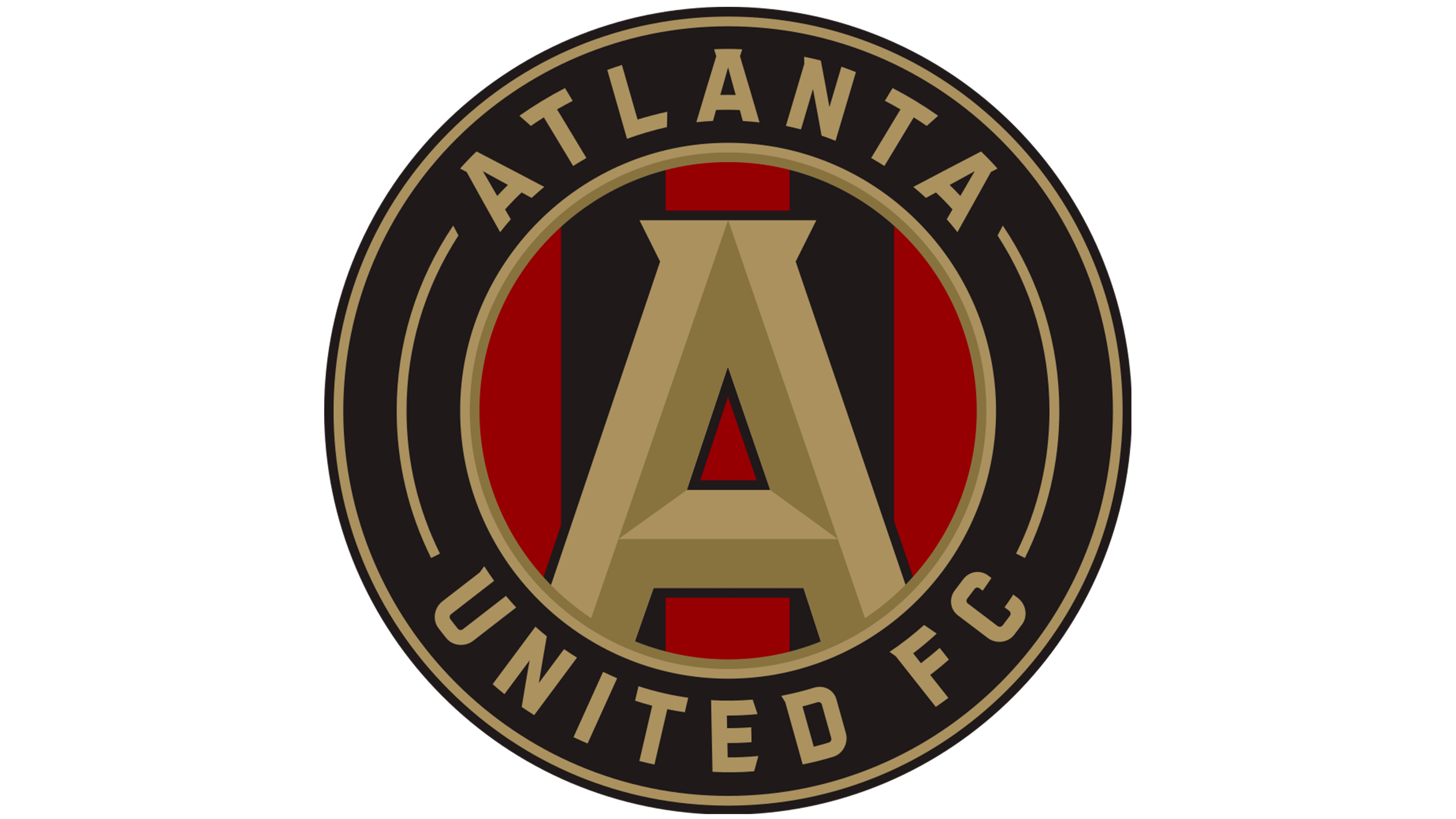
City’s Newest Sports Sensation Ties it All Together
It was like Atlanta United was shot out of a cannon when the team began playing in 2017. The entire city embraced the club, and you can’t go a block without seeing a United flag hanging outside someone’s house or business. United shirts and jerseys are ubiquitous.
And so much of that is due to the design choices made for the club’s logo.
The club debuted the logo in 2016. As you can see, it features a gold “A” on top of red and black stripes, with two gold circles on the borders.
“It’s a strong logo,” United owner Arthur Blank said at the time. “It represents Atlanta, which is what we wanted to pitch. It’s very compatible with other logos you might see in soccer, nationally and internationally.”
But it took tons of research and opinions to get to that 2016 logo debut. It was designed by Adidas, who put together thousands of designs for the club’s leaders to review over a three month period.
The gold seal was a nod to the city’s seal and to its history of hosting the 1996 Summer Olympics. The golden ‘A’ was included to focus on the enduring strength of the city, with the ‘A’ anchored to the circle to symbolize its connection to the community.
The logo’s five stripes represent what the club considers the pillars of the city’s character: unity, determination, community, excellence, and innovation. And the black stripes are a nod to the city’s history as a railroad town.
Local graphic designer (and United superfan!) Enrique Alvarado rated the logo with an 8 on a 10-point scale, singling out the color scheme as a major plus. We agree and might even inch that score up to a 9 out of 10. It’s a logo and a club that we’re proud of in the city we love and call home.
If any of Atlanta’s pro sports teams decide to do another logo redesign, we’ll be sure to break it down with you in a future blog post!
This is the content.php article
There are many images that help define the coronavirus pandemic, whether they’re tragic or hopeful. People in masks going about their daily lives, hospital scenes, delivery drivers dropping off food at someone’s door, frontline healthcare workers on a shift change, the Zoom call with its many boxes.
But one image defines the coronavirus more than anything, because it actually is the coronavirus. It’s what’s known as the “spiky blob” — a visualization of the coronavirus that causes COVID-19.
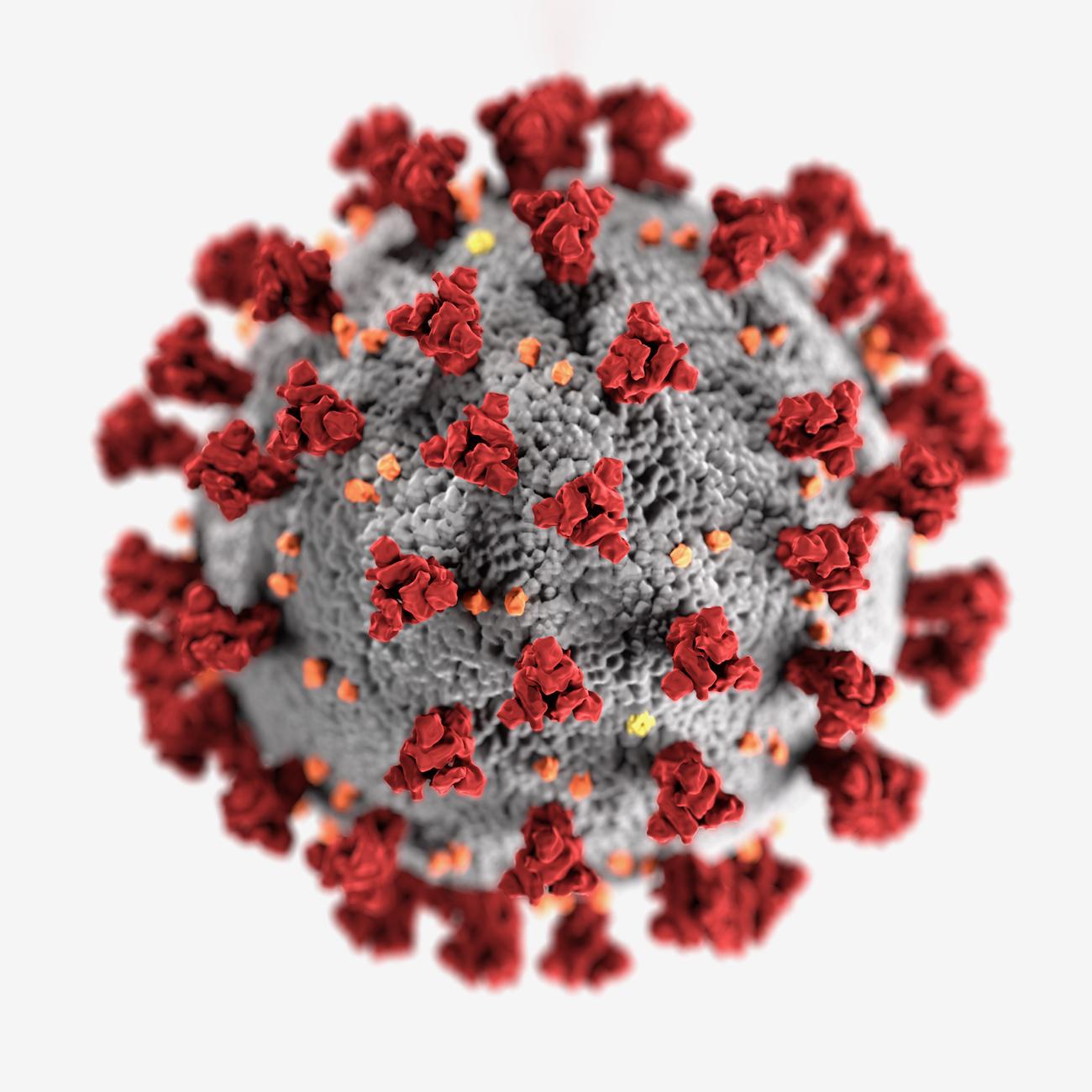
People don’t often think about medical illustrations like this one, or the process that goes into creating them. But the spiky blob has had a huge impact since being created in January. And we’re proud to say it was designed by two people right here in our hometown of Atlanta.
Alissa Eckert and Dan Higgins are medical illustrators for the Atlanta-based Centers for Disease Control & Prevention. We found their story thanks to Alice Rawsthorn, a design critic and co-founder of the Instagram Live series Design Emergency, which explores design’s role in the coronavirus pandemic and other crises.
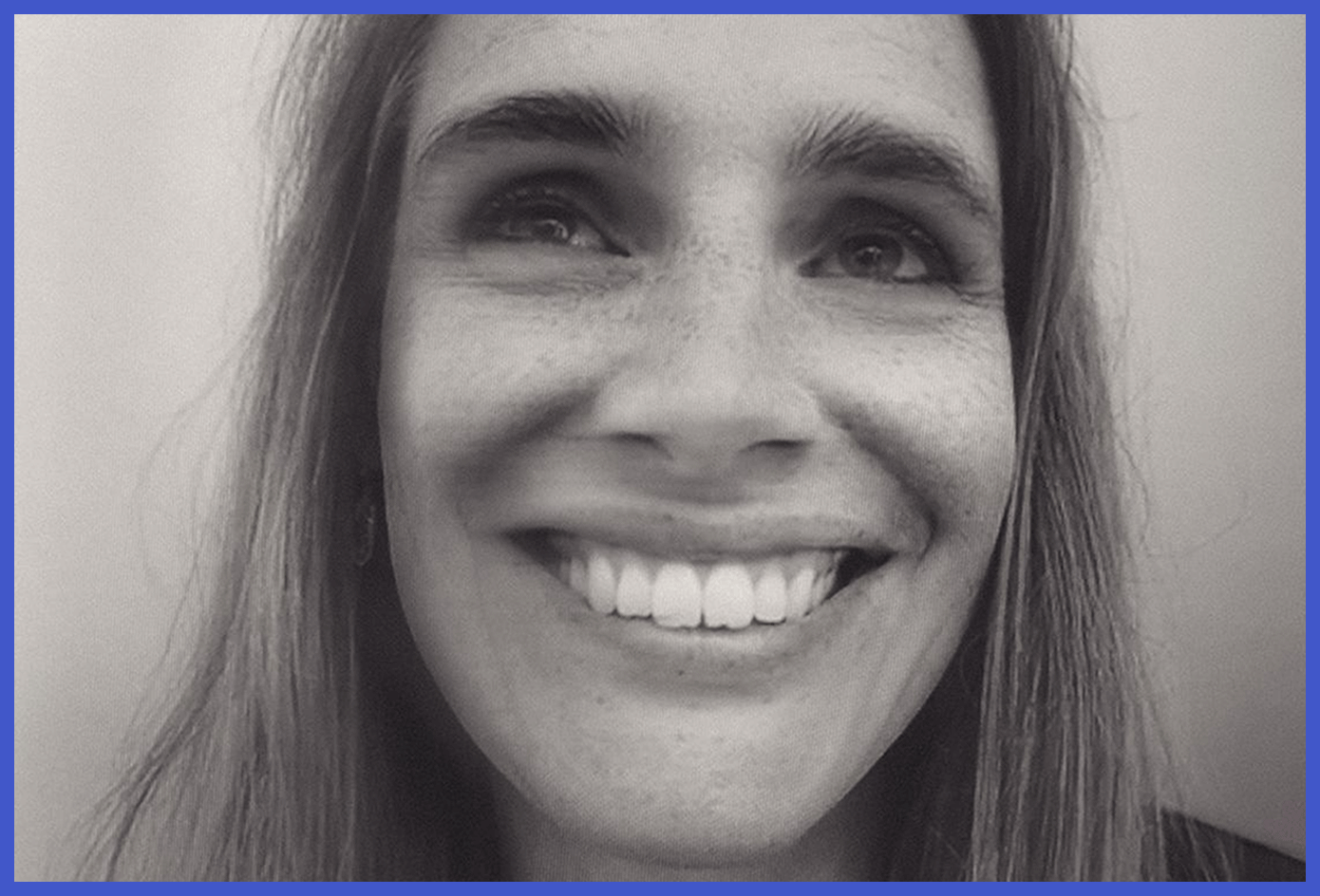
Rawsthorn interviewed Eckert about the world’s most famous medical illustration for Wallpaper, a London-based publication focusing on design and architecture, fashion, travel, art and lifestyle.
It was interesting the way that Eckert described what she and Dan were tasked with when they were assigned the project in January. She said they thought of creating an identity for the virus as “a mugshot, something that represents what this enemy is.”
Meanwhile, other CDC designers were working on more coronavirus materials, according to the New York Times. So, just like any other design project, the image would have to go along with the branding.
Eckert and Higgins interviewed CDC scientists to know what needed to be included, especially which proteins should be a part of the image. Then they downloaded images from a CDC photo bank and then used four different kinds of imaging software to tweak and tweak and tweak.
The image needed to be up close, dramatic and bold in order to catch the public’s attention.
We’ve been tasked with thousands of design projects over the years with so many different needs, so this rang familiar. But little did Eckert and Higgins know that they’d be designing the symbol of a virus that would go on to kill hundreds of thousands of Americans.
Eckert told Alice that they wanted a velvety texture on the red and orange proteins in the image, so it looked like you could touch it and feel it. Red and orange also happened to be good colors to highlight to help drive home the public health warning aspect of the design.
Eckert and Higgins focused on the big red S proteins, which make the coronavirus so contagious when attached to human cells. That’s also what gives it a crown structure, which reveals the origin of the virus type’s name.
“Corona” comes from the word “crown” in Latin, and those spikes bind to cells to allow the virus to enter, according to Dr. Deb Gumucio, co-founder and director of the University of Michigan’s BioArtography Project.
Eckert and Higgins worked on the project for just a week, it took just three days for the CDC to clear it, and it was released to the world on the final day of January.
Gumucio gave the image high marks for how the designers incorporated the red and orange proteins.
“That’s why washing your hands with soap is so important—it denatures those proteins on the surface,” she said. “If the virus does not have those proteins, it cannot infect a cell.”
Gumucio believes the image — which she likened to “some sort of menacing alien machine” — could serve as a constant public reminder that people have the power to destroy those proteins if they wash their hands thoroughly enough.
Eckert told Rawsthorn that the spiky blob gives a face to the unknown.
“That’s how I think of it, because it gave people something substantial that they could hold on to and comprehend,” she said. “It was so important to have something that people could see and recognize.”
We love how this project has shone a light on the little-known but vitally important work of medical illustrators. And, as always, we love how much this showcases the power of design.


